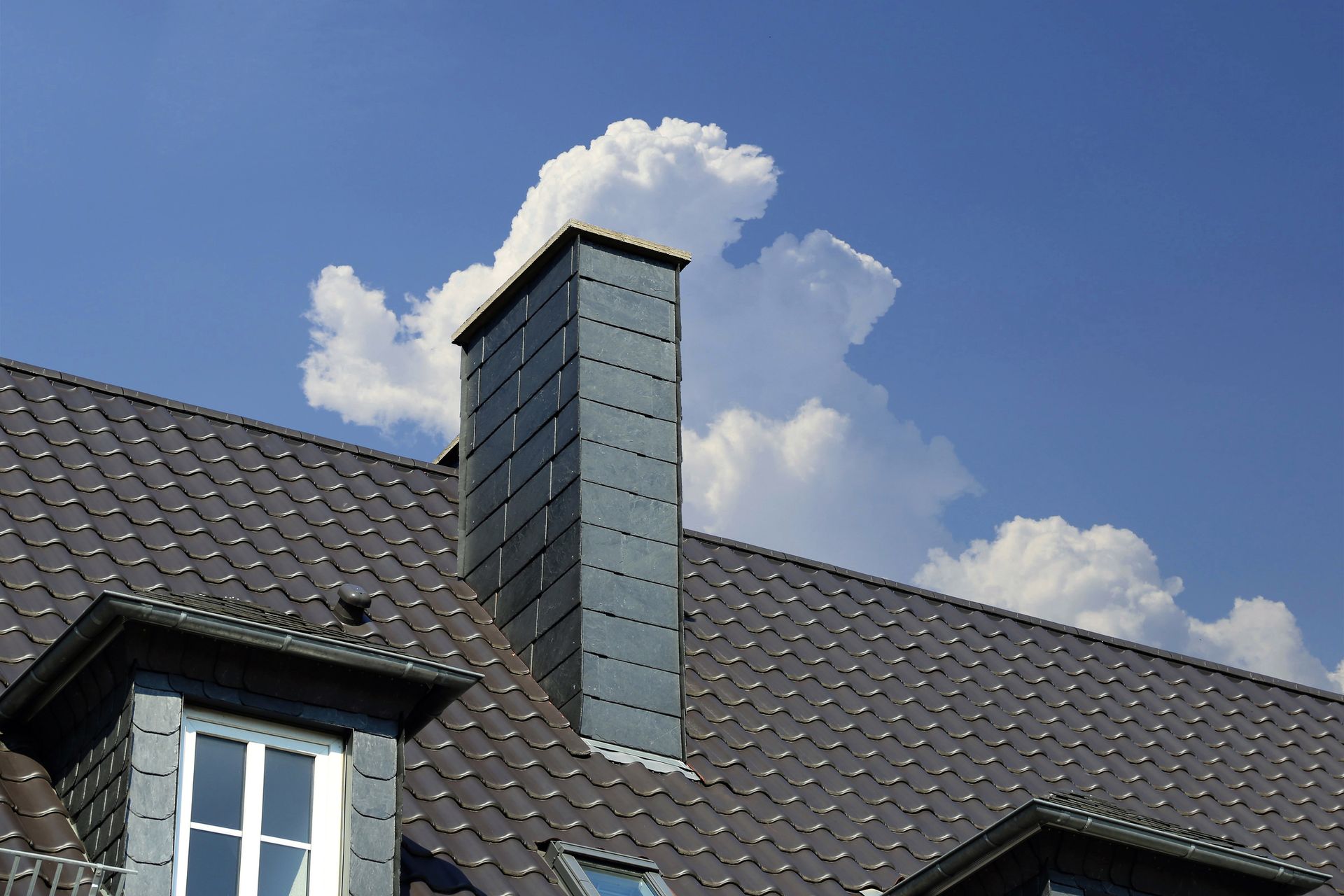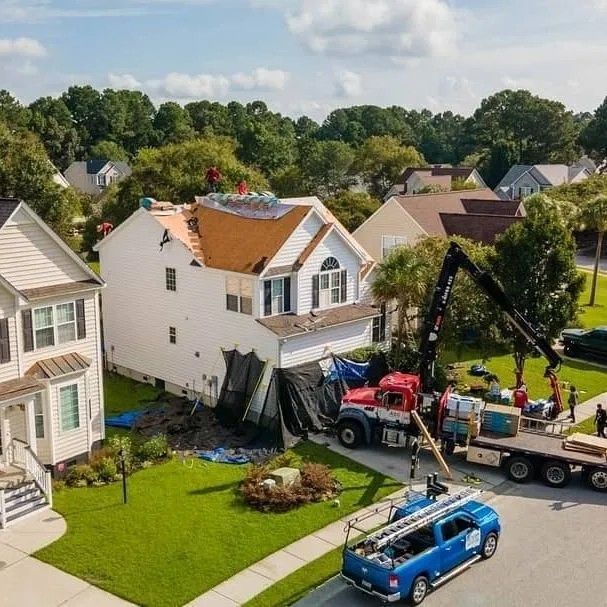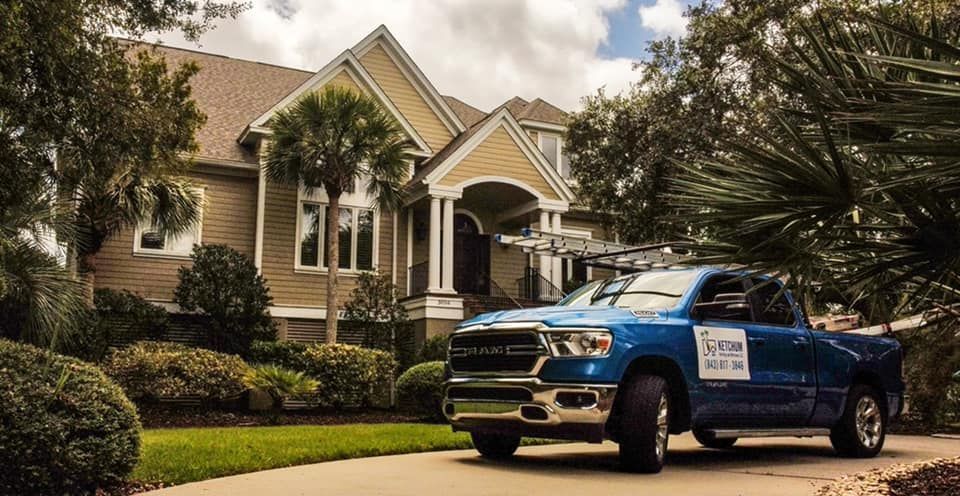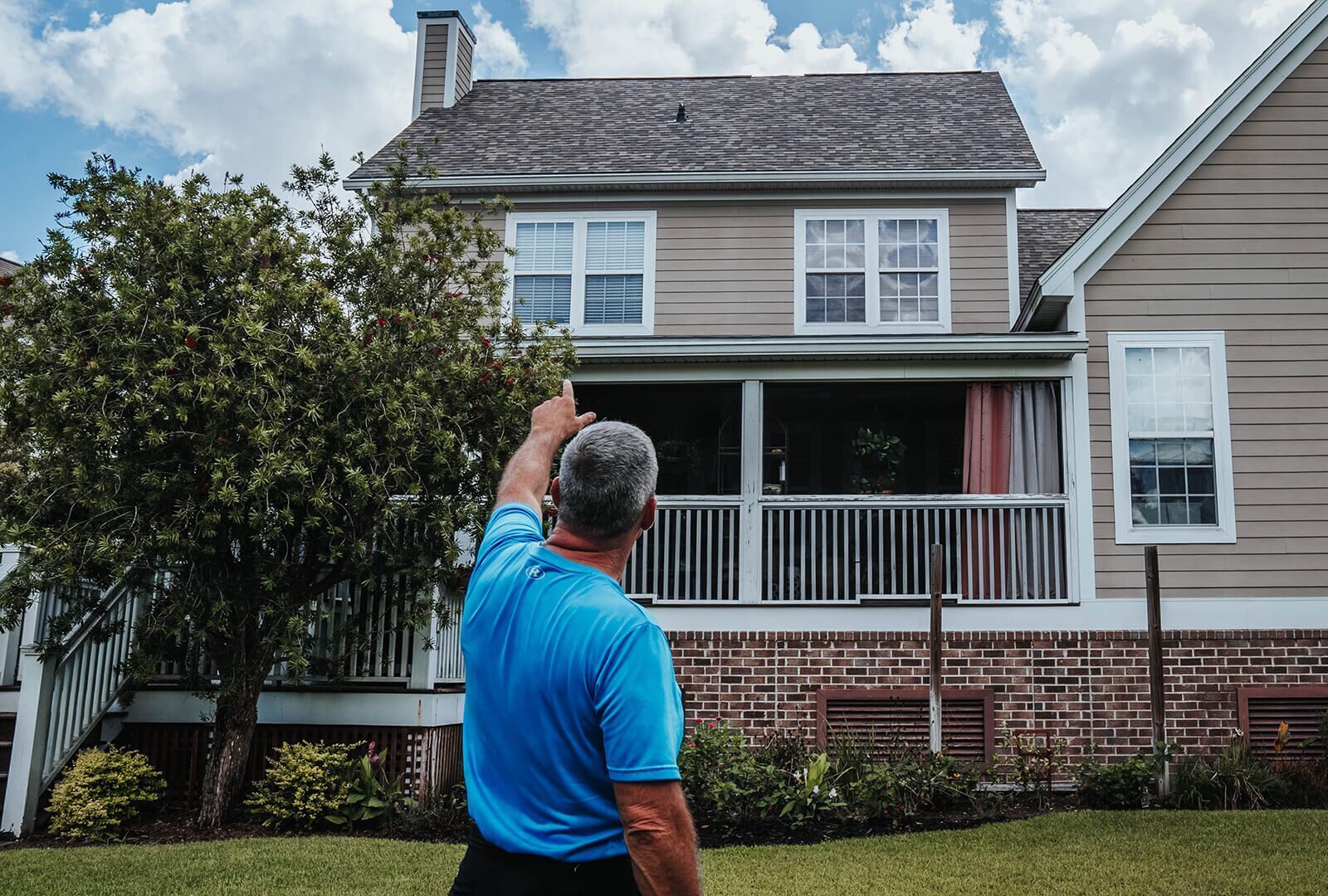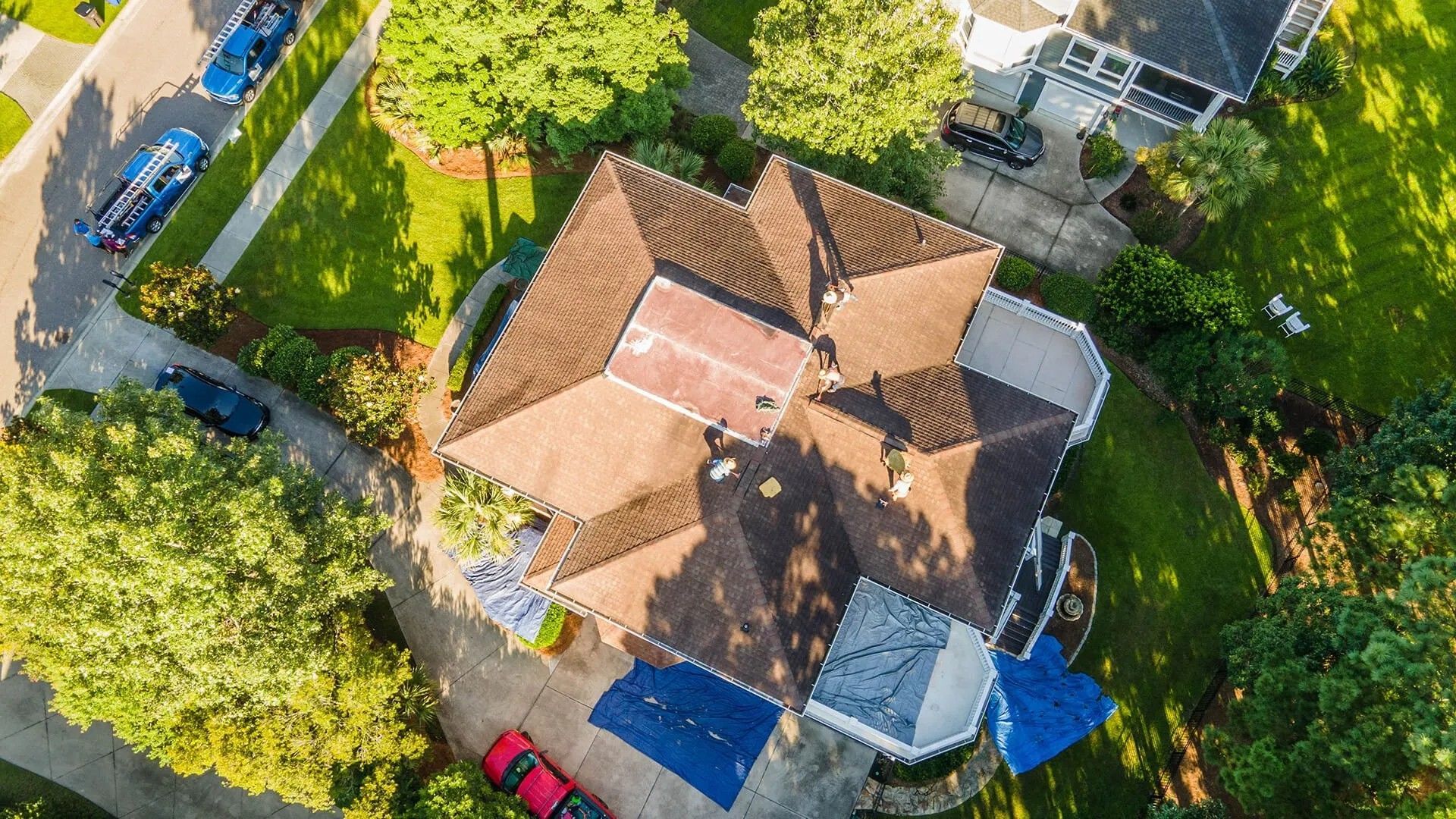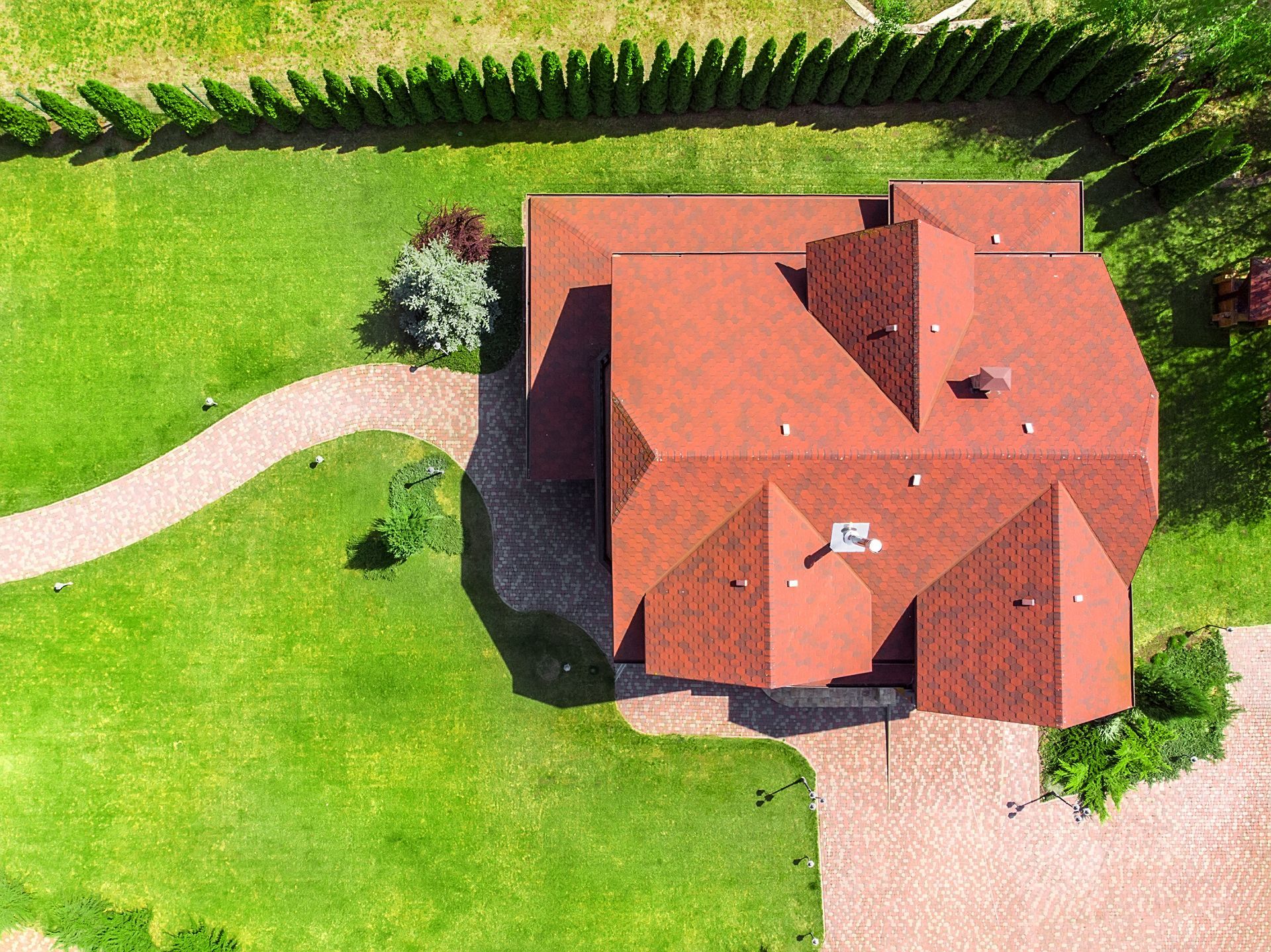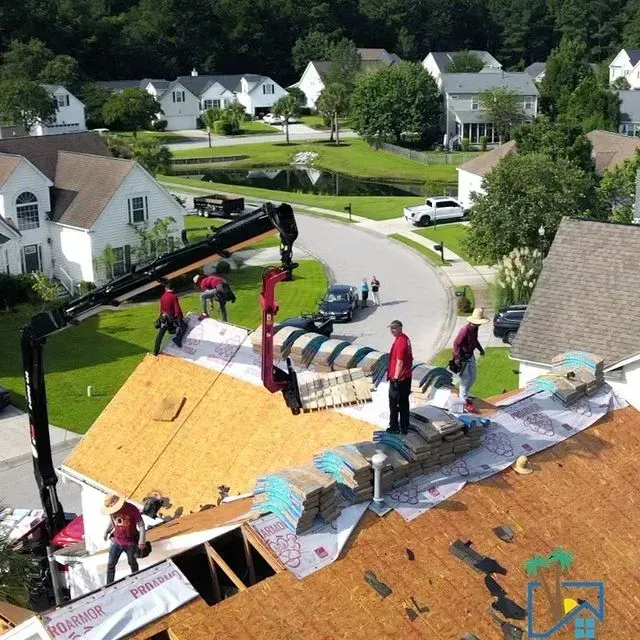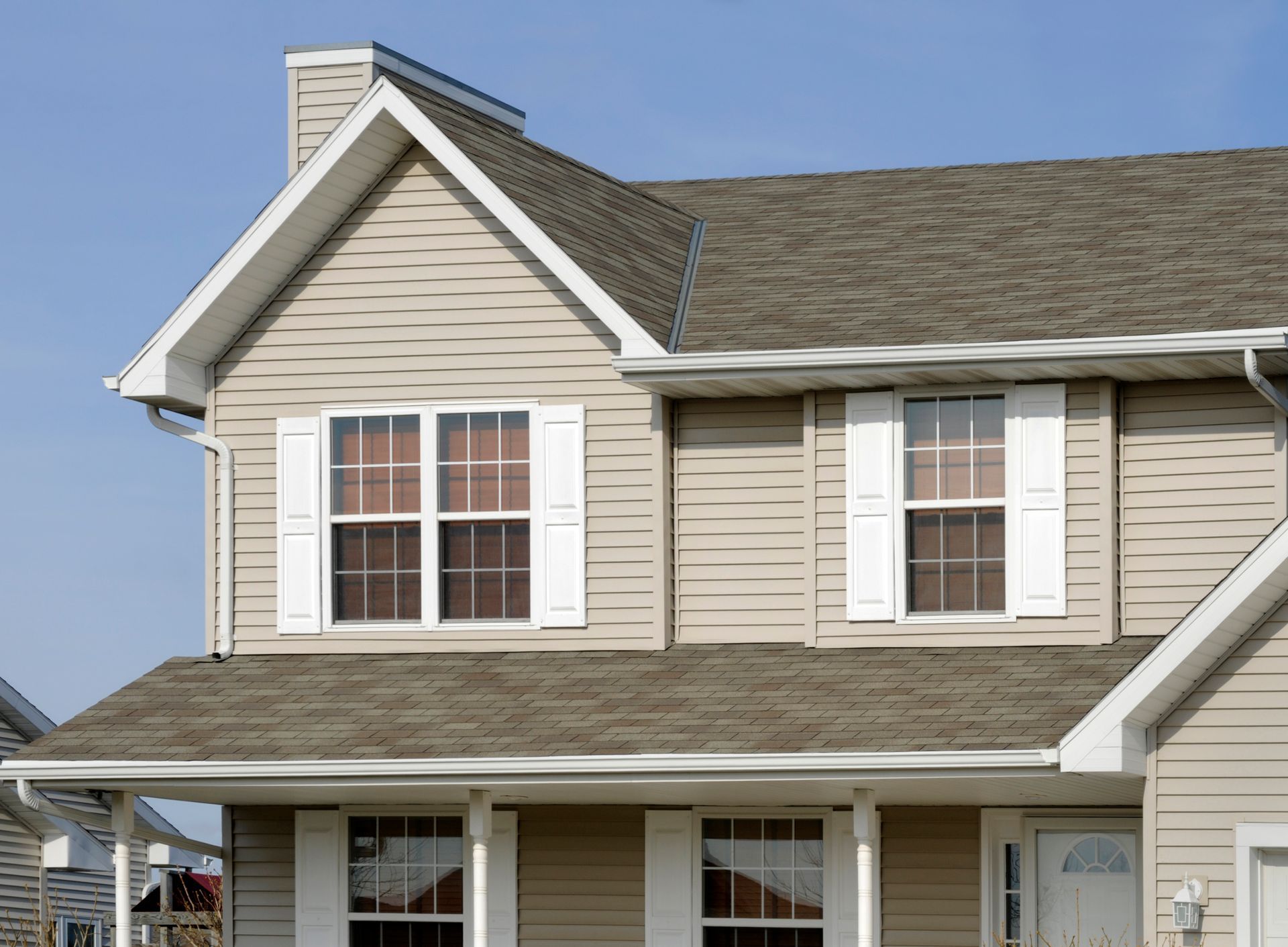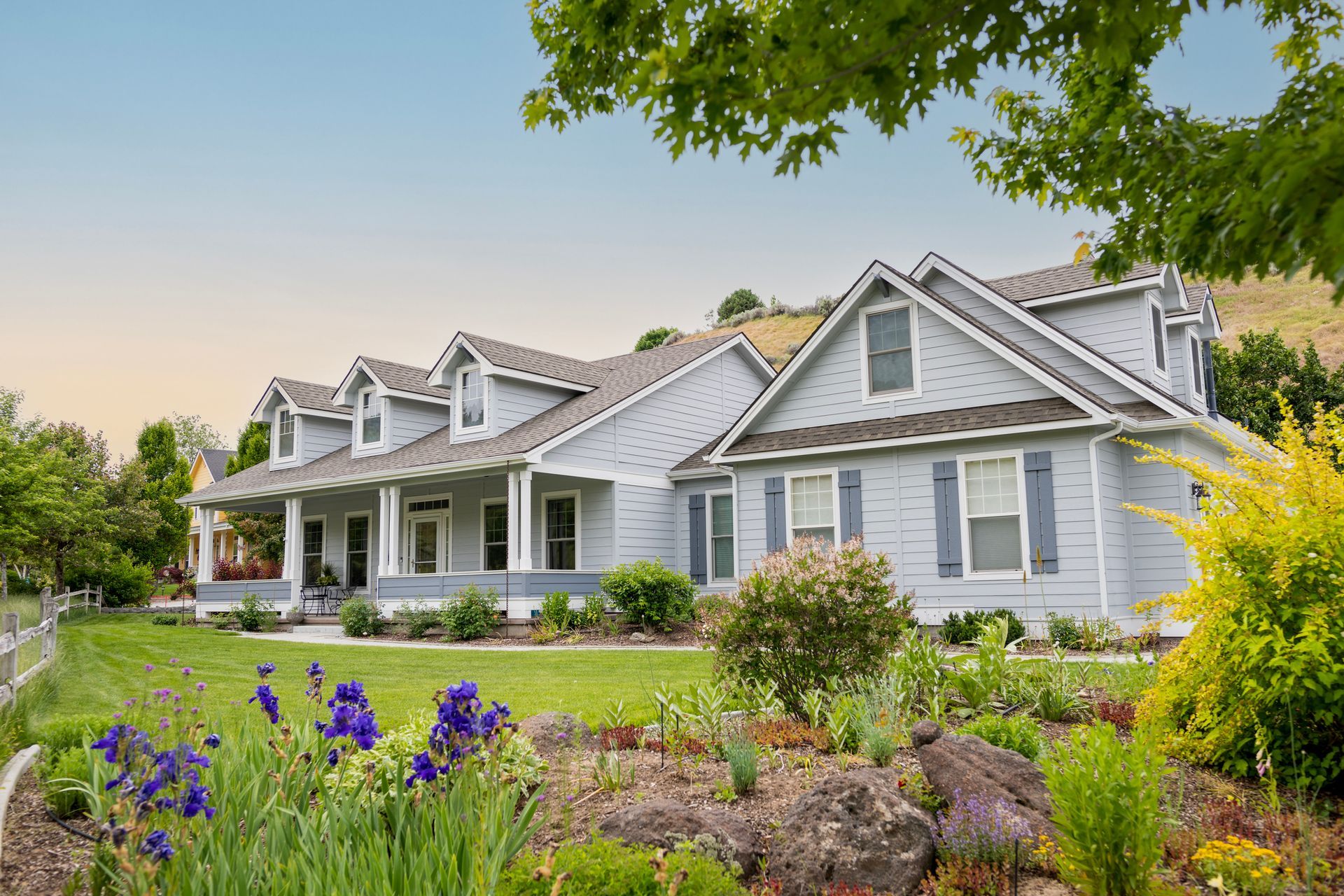Rapid Response Guide for Emergency Roofer in Summerville, SC

When a storm hits, fast decisions matter. If you need an emergency roofer serving Summerville, SC, Ketchum Roofing & Windows has clear, practical guidance you can use right now. This article outlines immediate steps to stabilize your home, what to expect from an emergency service call, and smart ways to prepare before the crew arrives.
Safety First: Secure the Area
Before you do anything else, protect people and pets, and eliminate obvious hazards.
- Stay off the roof. Wet shingles, wind, and hidden structural storm damage make climbing dangerous.
- Cut power to affected circuits if water is near outlets, light fixtures, or wiring in the ceiling.
- Keep kids and pets away from any room with active leaks, ceiling bulges, or fallen debris.
- Use buckets and towels to catch drips; move furniture and electronics out of harm’s way.
- If a tree is leaning or there are downed lines, call your utility provider and avoid the area.
- Keep pathways clear so the emergency roofer team can access entry points quickly.
Temporary Tarping and Leak Control
When it’s safe and the weather allows, temporary protection can reduce interior damage until pros arrive.
- Gather materials: heavy-duty tarp, utility knife, gloves, eye protection, and rope or ratchet straps.
- Work from the ground if possible. If you must use a ladder, have a helper steady it and avoid high winds.
- Identify the leak source from inside first; look in the attic for wet decking, drips along rafters, or daylight through damaged sections.
- Place the tarp so it extends beyond the damaged area up-slope; secure it under intact shingles where feasible to shed water properly.
- Anchor the tarp edges to solid points (e.g., fascia or ground stakes) rather than puncturing compromised decking.
- Keep gutters clear to prevent overflow and backup that can worsen leaks.
- If conditions are unsafe, wait for the emergency roofer crew rather than risking injury.
- For stabilization that buys time before permanent fixes, many homeowners look for emergency roof repair options that provide short-term coverage and fast triage.
Clear Debris Without Risk
Reducing debris can prevent secondary damage, but safety comes first.
- From the ground, use a long-handled broom or rake to nudge small branches off low areas within reach; don’t climb on the roof.
- Remove limbs resting on cars or porches only if they’re small and not under tension. For large or pinched limbs, call professionals.
- Keep gutters and downspouts flowing by clearing visible clogs; this mitigates water pooling, but avoid overreaching from ladders.
- Bag and remove soggy insulation only if it’s accessible and safe; wear gloves and a mask to avoid mold exposure.
- Document all debris you move. A thorough record helps both the emergency roofer team and your insurer.
Document Damage for Your Local Roofer and for Insurance
Strong documentation speeds claims and clarifies scope.
- Photograph exterior and interior damage from multiple angles: shingles, flashing, vents, gutters, soffits, ceilings, walls, and flooring.
- Capture short videos showing active leaks, water trails, and stained drywall; narrate the time and weather conditions.
- Keep receipts for tarps, straps, fans, and dehumidifiers. These may be reimbursable as mitigation expenses.
- Note any previous roof work and the age/type of your roofing materials; this context helps with assessment.
- Operating in the Summerville, SC area, adjusters often ask for evidence showing wind direction and rainfall intensity; include any local reports or timestamps.
- Share your documentation with the emergency roofer team to align triage and repair priorities.
What to Expect From an Emergency Call
Knowing the process reduces stress and helps you plan.
- Response time: After major storms, crews triage calls based on severity, life-safety concerns, and active interior water intrusion. Expect call-backs within hours and on-site stabilization as soon as weather allows.
- Triage vs. full repair: Initial visits often focus on temporary stabilization—tarping, sealing, and securing loose materials—until a full repair or replacement can be scheduled.
- Cost considerations: Emergency calls may include after-hours fees, ladder or pitch surcharges, and materials for temporary protection. Your deductible and policy specifics affect out-of-pocket costs.
- Prioritization: Homes with structural compromise, exposed decking, and significant interior leaks are prioritized. Clear communication and photos help your case.
- Scheduling: Full repairs are typically scheduled once weather stabilizes and materials are available. Expect clear estimates and timelines.
- Serving Summerville, SC, many homeowners pair triage with emergency roof repair follow-ups for permanent fixes when the calendar opens.
- Ask for a summary after triage: what was stabilized, remaining risks, and next steps with the emergency roofer crew.
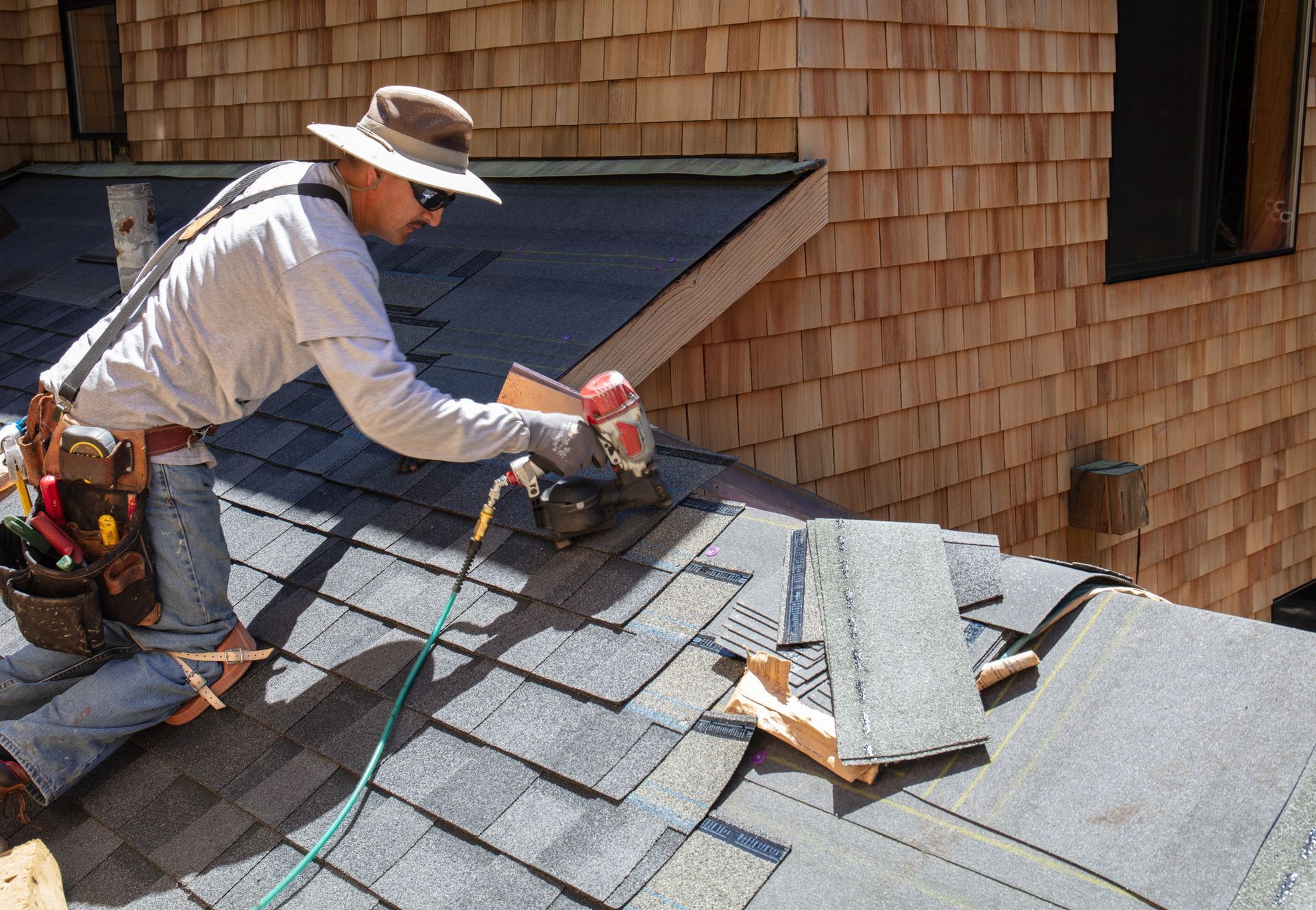
Smart Prep Before the Roofer Arrives
A few practical steps make the visit safer and faster.
- Clear the driveway and curb area so trucks can park and unload efficiently.
- Secure pets in a closed room; loud tools and foot traffic can be stressful for animals.
- Identify attic access points, circuit panels, and key leak locations; leave a note near entryways if you won’t be home.
- Protect floors near access points with cardboard or drop cloths to reduce mess.
- Move fragile items and heirlooms away from work areas; cover furniture under leak zones.
- Keep a list of questions ready: warranty details, material options, expected timelines, and how to coordinate with your insurer.
- The emergency roofer team will appreciate organized access and clear notes.
Post-Storm Roof Checks You Can Do Safely
Ground-level observations from a certified roofer reveal a lot without climbing.
- Look for missing shingles, lifted edges, cracked tabs, or curled corners from the ground with binoculars.
- Check flashing at chimneys, skylights, and vent stacks; gaps or bent metal often coincide with leaks.
- Inspect gutters for shingle granules, which indicate surface wear or hail impact.
- Inside, scan ceilings and upper walls for fresh stains or bubbling paint; mark any changes so you can report them accurately.
- Watch for attic daylight at ridges or valleys—small openings can let wind-driven rain infiltrate quickly.
- If new issues appear, contact an emergency roofer team promptly.
Budgeting and Cost Clarity With Your Certified Roofer
Understanding typical ranges helps you plan and avoid surprises.
- Emergency stabilization (tarping/sealing) often runs a few hundred to a few thousand dollars depending on height, pitch, and extent.
- Full repair costs vary with material (asphalt, metal, or tile), square footage, complexity, and underlying deck condition.
- Factor in deductibles and potential code upgrades like underlayment or ventilation that an adjuster may require.
- Ask for a written estimate that separates triage costs from permanent repair or replacement; this clarifies insurer submissions.
- If immediate funds are tight, discuss staged work with your local roofer: secure the worst areas first, then address non-critical repairs later.
- Homeowners seeking permanent solutions after stabilization often request emergency roof repair to transition from temporary protection to lasting fixes.
- Keep communication straightforward—photos, itemized costs, and timelines support smooth approvals with your emergency roofer contact.
Local Weather and Common Emergencies
Summerville, SC’s climate shapes the types of roof damage you may see.
- Tropical systems and severe thunderstorms bring wind-driven rain that exploits weak points around flashing, ridge caps, and valleys.
- Pine and oak limbs can cause punctures or lift shingles along eaves and rakes; repeated gusts aggravate these openings.
- High humidity encourages mold in wet insulation; swift drying is key after an intrusion.
- Hail can bruise shingles, dislodge granules, and compromise the weathering layer, leading to leaks weeks later.
- Crews often see patterns tied to local building styles and age—sharing photos of your roof’s layout helps target vulnerable zones.
- Report new symptoms immediately to an emergency roofer team to prevent minor issues from becoming major repairs.
For localized resources, see the Summerville, SC, page.
Contact Your Emergency Roofer Now!
When the pressure is on, swift, steady action makes all the difference. For help from an emergency roofer operating in the Summerville, SC, area, call Ketchum Roofing & Windows at (843) 817-3846. We’ll guide you from immediate stabilization to clear next steps—so your home is protected fast and you can get back to normal.
